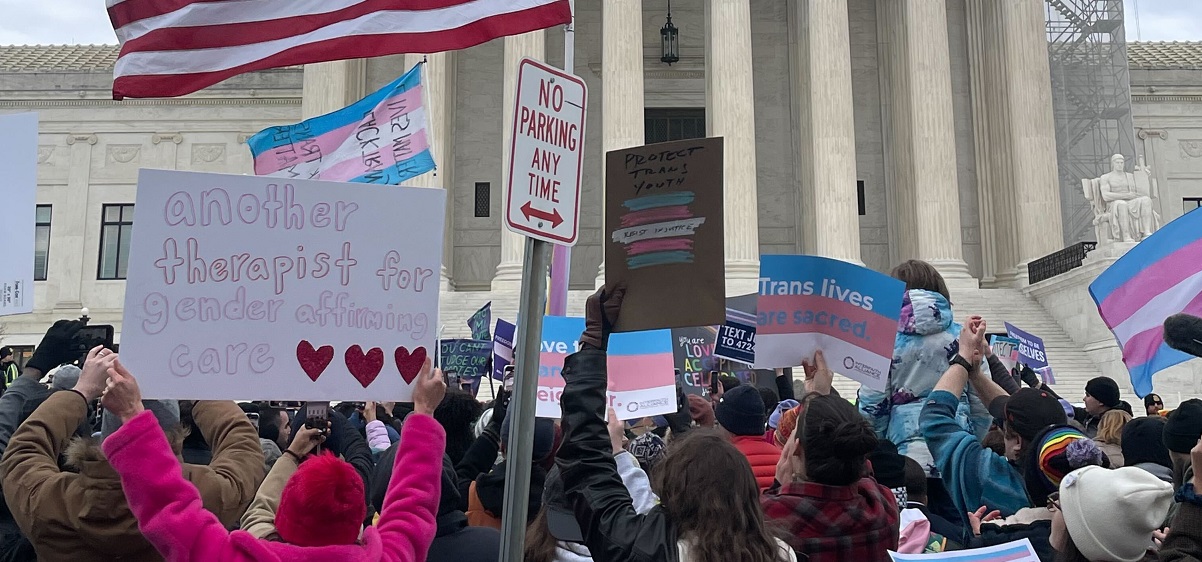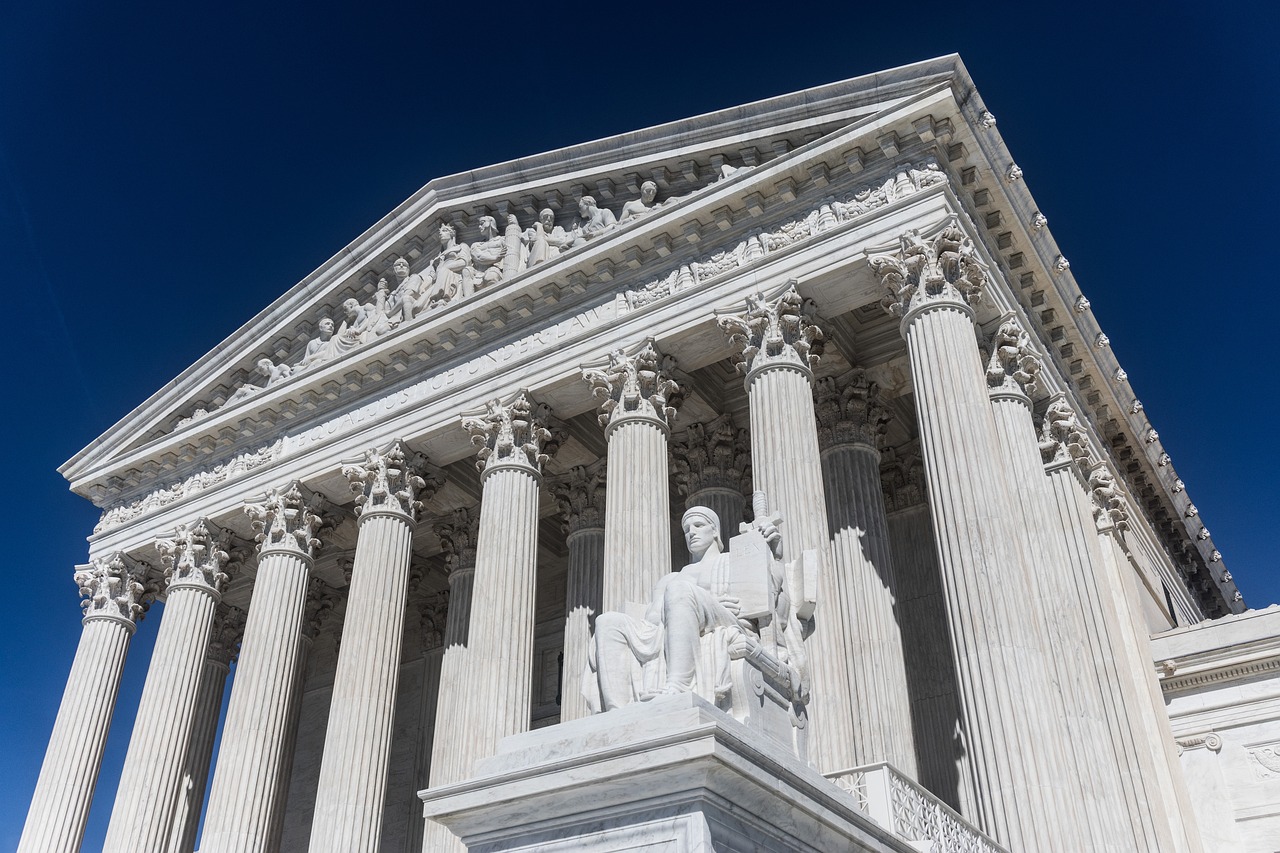 Archives
ArchivesThe discussion around the right to privacy in an increasingly digital world has, predictably, evolved tenuously. Changes in technology have no doubt affected how courts interpret what should be or should not be protected under the Fourth Amendment. Most cases involving privacy are discussed through the search and seizure protection under the Fourth Amendment which is a protection against government infringement on privacy through unreasonable and unlawful searches.
One of the key cases in this discussion, Katz v. United States, involved a Fourth Amendment challenge to the government’s listening to and recording of communications at a public phone booth. The court concluded that the government’s actions constituted a search under the Fourth Amendment.More recent cases follow along the premise set in Katz v. United States, even where they deal with the Fourth Amendment in relation to other laws. United States v. Carpenter involved the government’s use of information from wireless carriers to determine where defendants were at the time of a robbery. The action was found not to be a search under the Fourth Amendment. The court’s analysis focused on the idea of a twofold privacy expectation, first subjective expectation and then objective expectation that is to be reasonably expected by society. Furthermore, the court drew a distinction between the government accessing personal communications and the government accessing the information used to transport communications. The reasoning was virtually that Fourth Amendment protection applies to the content of the communications themselves, but does not apply to the routing information of calls.
Given technological advancements, cases dealing with privacy, the Fourth Amendment, and how the two concepts apply to information contained on modern technology devices have arisen. United States v. Warshak [Pdf] is one such case where the government compelled a company to turn over emails without first getting a warrant. The government argued that it relied on the Stored Communications Act, which allowed it to compel the disclosure of certain electronic information without a warrant. In its analysis, the court concluded that the subjective expectation was that the emails were private and the objective expectation of privacy was reasonable due to the nature and content of communications and transactions done over email. In the end, the government was still able to admit the evidence acquired through accessing the emails because they reasonably relied on the Stored Communications Act. Furthermore, a number of cases have extended this privacy rationale to the issue of access to data on smartphones. Riley v. California & United States v. Wurie is a good example of the intricacies involved in such cases. Riley v. California & United States v. Wurie [pdf] involves questions of governmental access to a smartphone’s internal data and the use of a phone to trace and gain access to a residence and whether this was protected by the Fourth Amendment. The Court, concerned with privacy interests given the sensitive nature and vast array of information that may be stored on a phone, concluded that the government’s action was precluded by the Fourth Amendment.
The controversy over privacy, as it relates to smartphones, continues; most notably, Apple refused to help the government access information on an iPhone when it was asked to help bypass encryption software to allow the government access to content belonging to an individual involved in the San Bernardino, California shooting that resulted in fourteen deaths. Apple’s argument was that complying with the request would weaken the protections that were built into the phone to protect user privacy. Eventually, the Department of Justice (“DOJ”)







